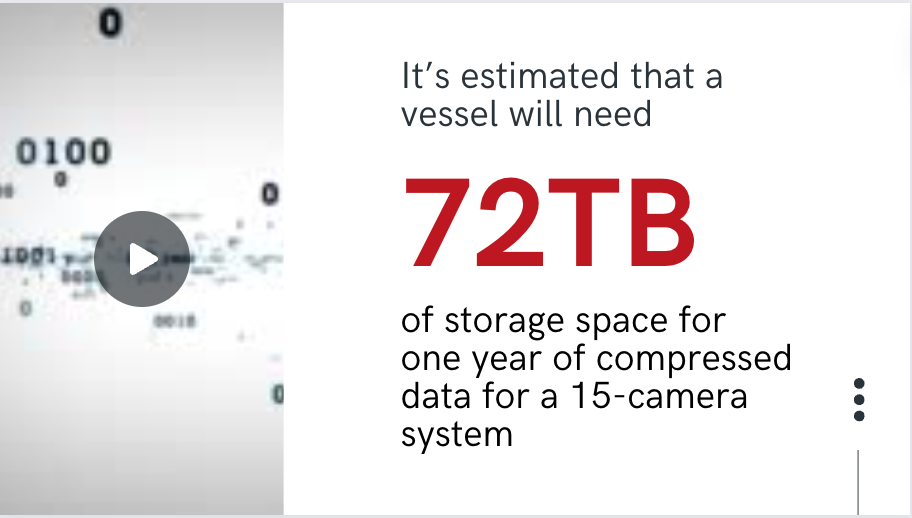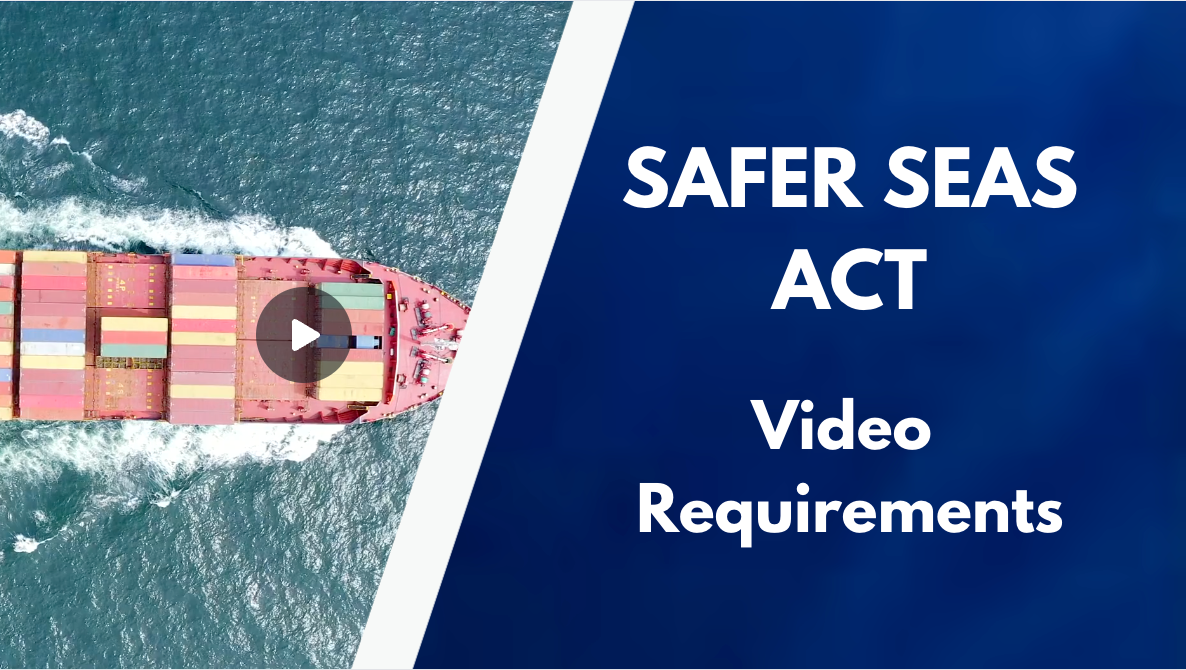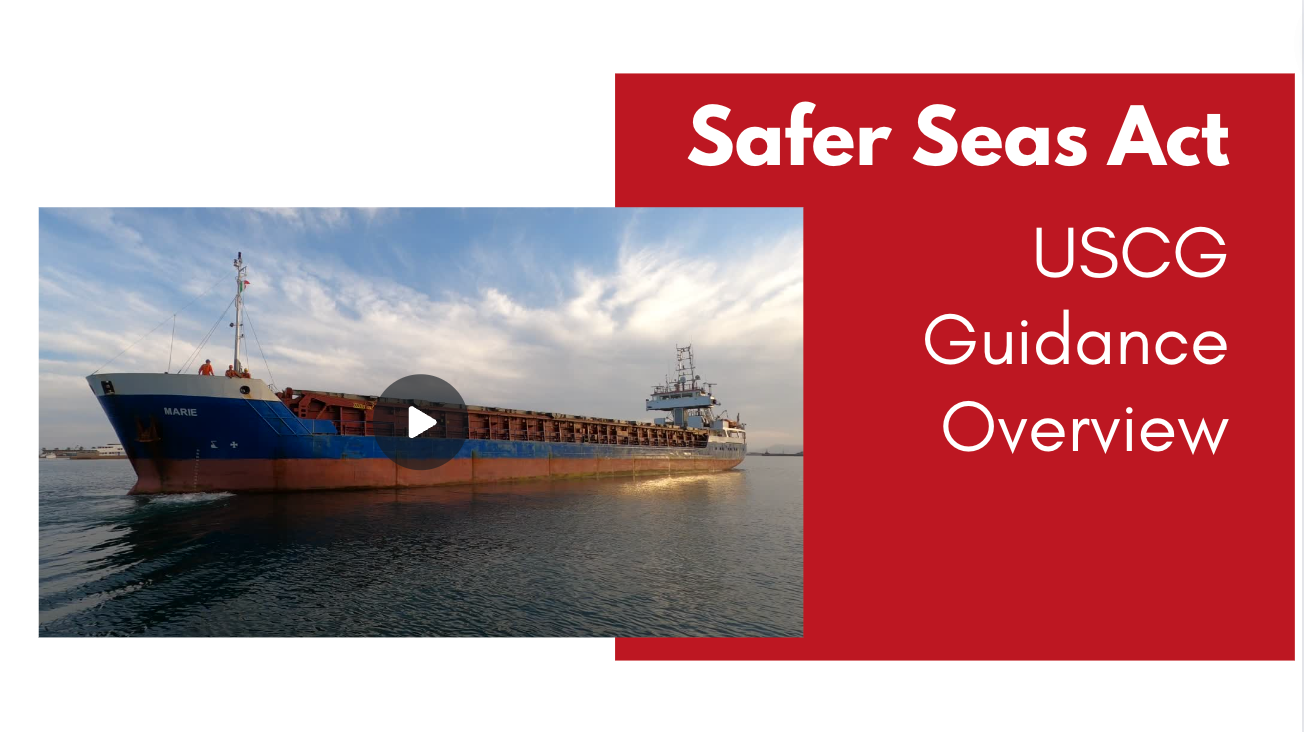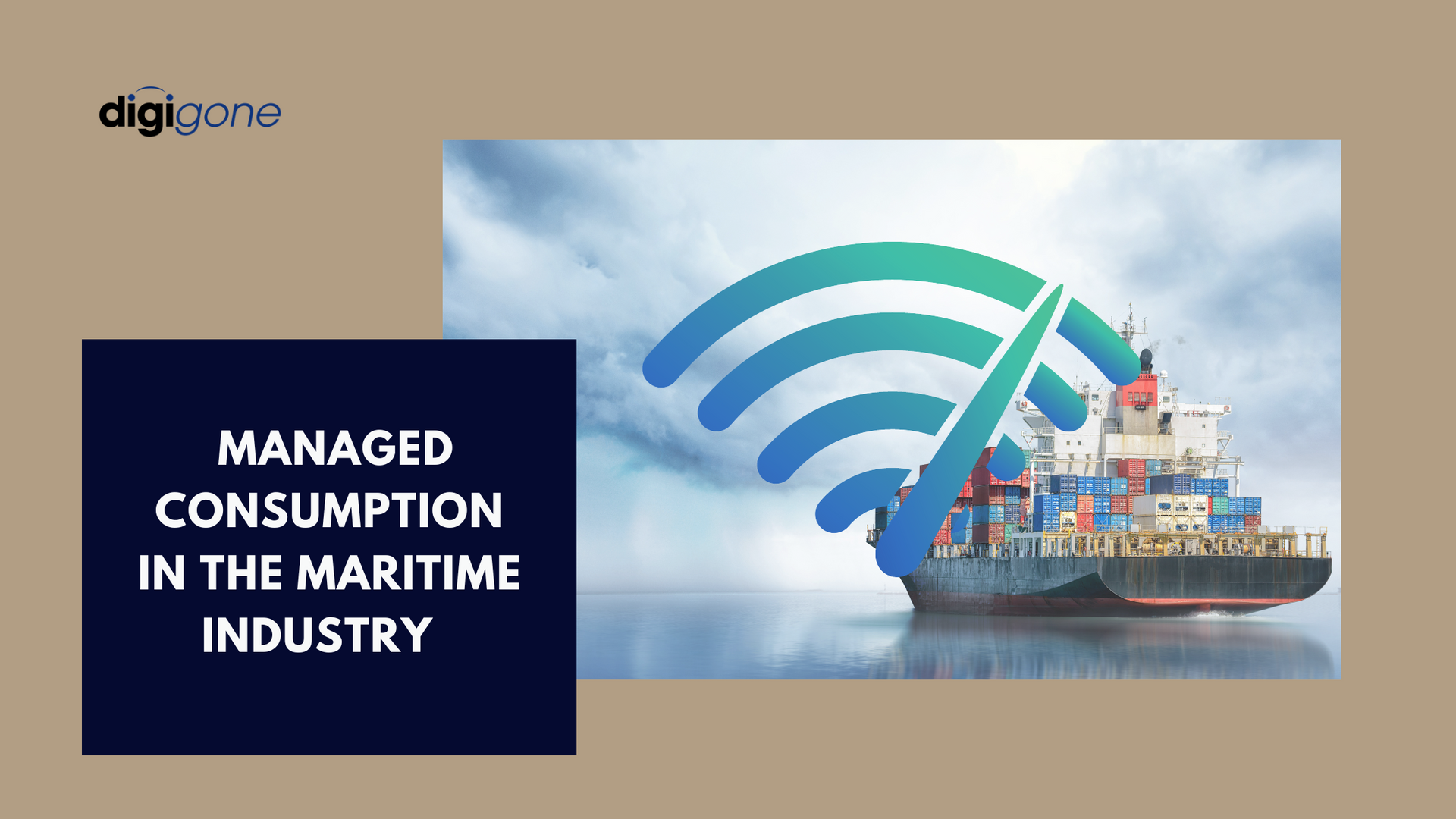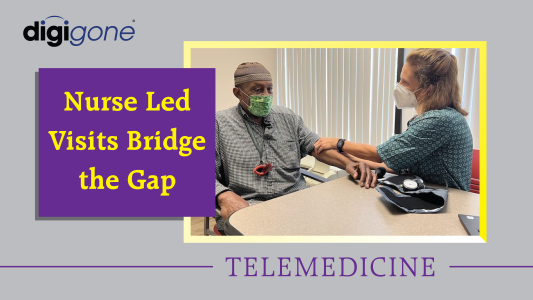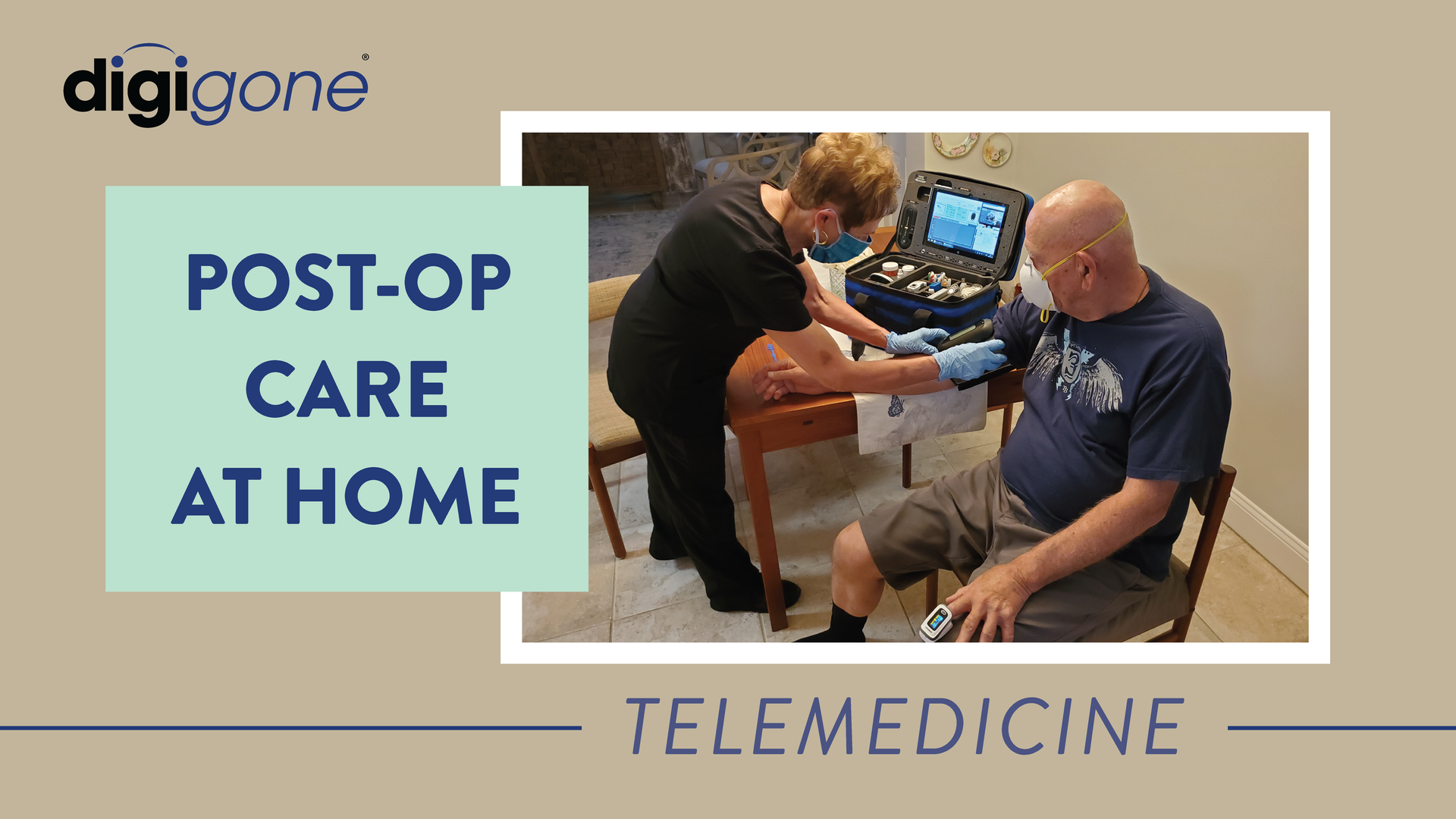A Tool to Assist with Slip and Fall Prevention
DigiGone • January 27, 2020
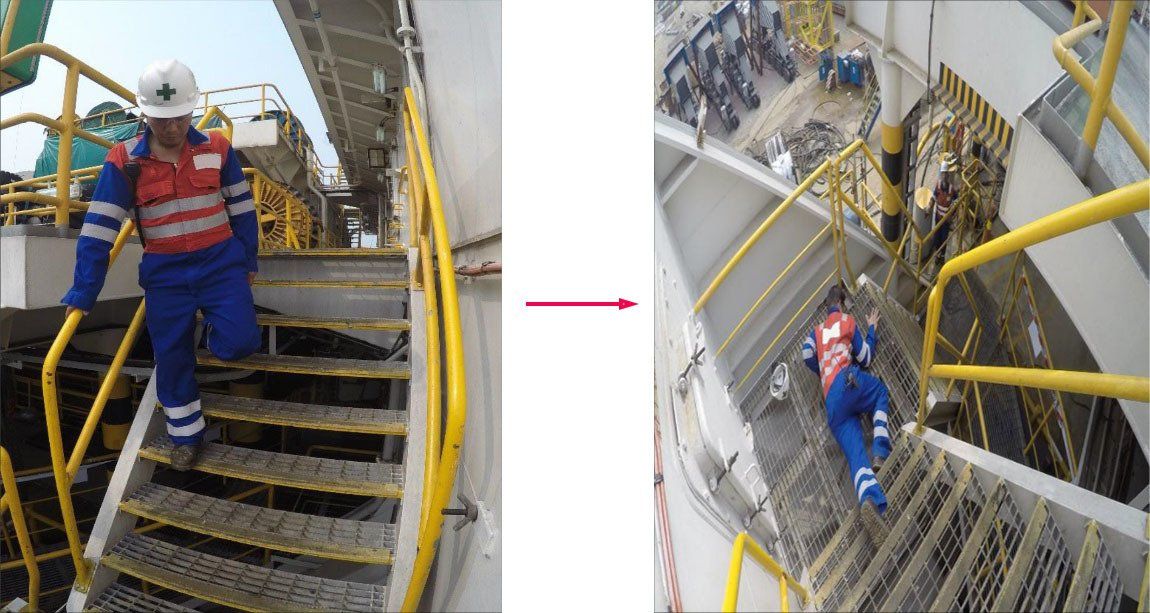
A Close Look at the Expense of Slip and Fall Incidents
In 2018, the American Club, Lamar University and ABS
looked at 12,000 shipboard injury records as part of an initiative to reduce accidents caused by unsafe conditions aboard vessels. Here’s a snapshot of what they found:
● The total cost for injury-related claims for one decade was almost $250 million.
● Falls accounted for 22 percent of all incidents.
● Slips represented 12 percent of incidents.
As reported in The Maritime Executive
these findings proved that “the maritime industry should adopt more comprehensive reporting requirements for injury and near miss reporting.”
Simply said, we don’t know enough about injuries out at sea.
Monitor Slip and Fall Incidents
While there are several factors that contribute to reducing accidents on board, a priceless asset is to be able to capture and record incidents on video, transmit live streaming video and still images
triggered by events and retrieve the onboard recorded video from ashore, from the actual vessel. Select technology allows boat owners to cost effectively monitor incidents from around the world securely and in real-time using a proprietary software and 256-bit AES encryption to protect the company's privacy.
Review Injuries at Sea
In the unfortunate event that a crew member gets injured while aboard a vessel, images or recorded video can be retrieved
by the Health, Safety and Security representative immediately, at any time, for a thorough review without requiring the vessel to return to port. Immediate access to this information after an event allows for a more informed decision potentially mitigating the danger and reducing company liability.
This footage can also be used for more accurate reporting and training in order to avoid similar situations in the future.
Reduce Accidents
Research from the injury study
revealed that the average cost per incident, including slips and falls, exceeds $65,000. That’s per incident. Being able to monitor or review crew activity and incidents simply means vessel owners and supervisors can implement best practices to ensure crew safety and policy adherence.
Additionally, if hazardous situations or circumstances arise, such as extreme weather or an engine room fire, vessel owners can use live streaming video to monitor the situation or retrieve the recorded data from the vessel to formulate a response plan to assist the vessel in recovering from the incident.
Finally, recorded footage can serve as documentation of incidents in the case of litigation. With more than 12,000 claims in a decade and a significant pain and cost assigned to those cases, those in the commercial maritime industry simply can’t afford not to monitor activity aboard a vessel – for the safety of the crew and the protection of assets.

Telemedicine kits are becoming indispensable tools for home healthcare providers, particularly during transition care medical examinations (TCMs). While the initial TCM is conducted by a physician who generates revenue from the service, the telemedicine kit significantly benefits home healthcare providers by expediting patient registration for their care services. With a nurse or medical assistant deploying the kit, patients can be quickly evaluated and connected with a physician, ensuring all necessary documentation and approvals are completed more efficiently. This faster onboarding process allows home healthcare providers to register more patients in less time, helping them deliver care sooner and grow their services efficiently. The ability to “bring the doctor” to the patient through a telemedicine kit is invaluable in initiating care seamlessly. Once patients are on board, home healthcare providers can continue leveraging telemedicine technology to improve how they deliver services. The kits enable nurses and medical assistants to perform follow-up visits, diagnostics, and real-time consultations without requiring patients to leave their homes. This capability allows providers to optimize their schedules and visit more patients daily, all while maintaining a high standard of care. The efficiency gained means better coverage, smarter use of resources, and happier patients. Beyond efficiency, telemedicine kits help providers build stronger connections with their patients by making care more accessible and personalized. Providers can quickly respond to emerging health concerns, adjust care plans, and ensure ongoing monitoring—all from the patient’s home. This not only leads to better patient outcomes but also boosts the provider’s reputation for being reliable and innovative. By facilitating the registration of more patients and enhancing care once they are onboarded, telemedicine kits are powerful tools that enable home healthcare providers to expand their reach, improve operational efficiency, and thrive in an increasingly competitive market. In a rapidly evolving healthcare landscape, telemedicine kits are revolutionizing how home healthcare providers deliver care, enabling faster patient onboarding, enhanced service delivery, and stronger connections with patients. By integrating this indispensable technology, providers can streamline operations, improve patient outcomes, and position themselves as leaders in care innovation. Don’t miss the opportunity to elevate your home healthcare services. Explore how telemedicine kits can help you expand your reach, optimize your resources, and deliver exceptional care. Contact us today to learn more and take the next step toward transforming your care delivery model.
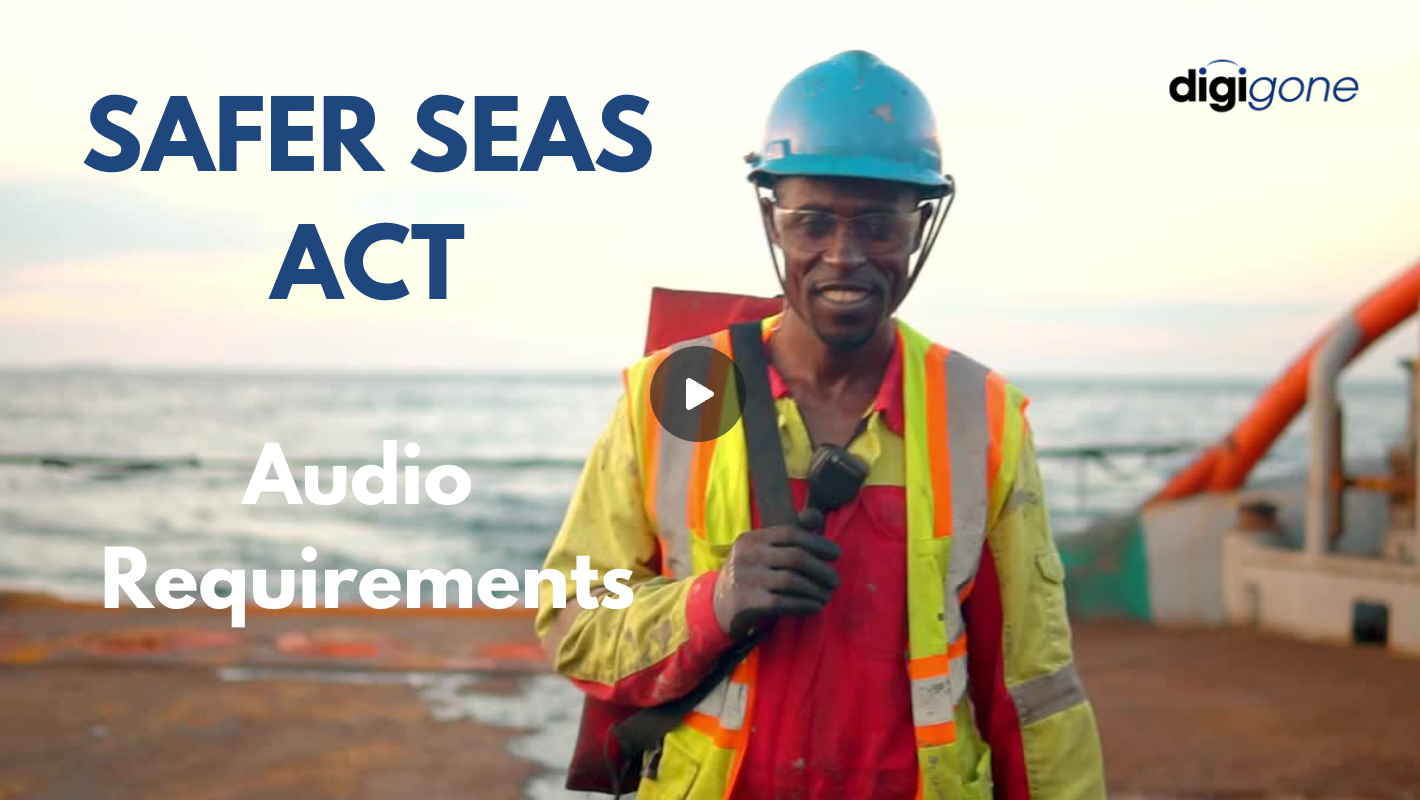
With the new Safer Seas Act, vessel companies must comply with many new regulations by the end of the year. One of those requirements includes audio equipment placed outside of hallways leading to staterooms, which DigiGone can help with. And while this may seem burdensome, these new rules will be good for vessel companies in the long run.



